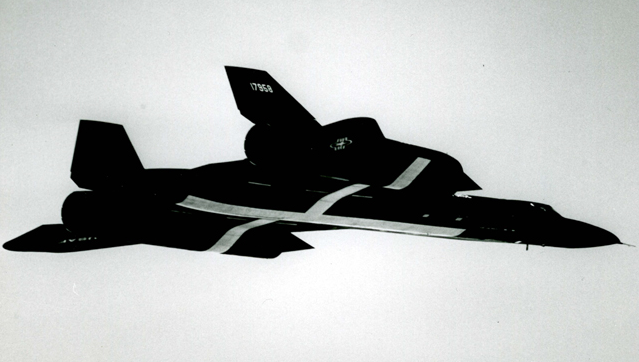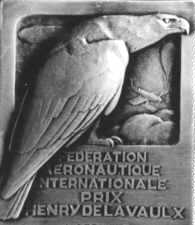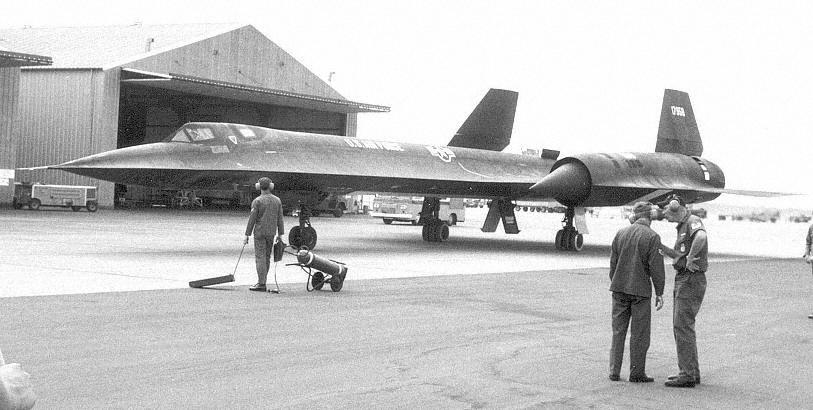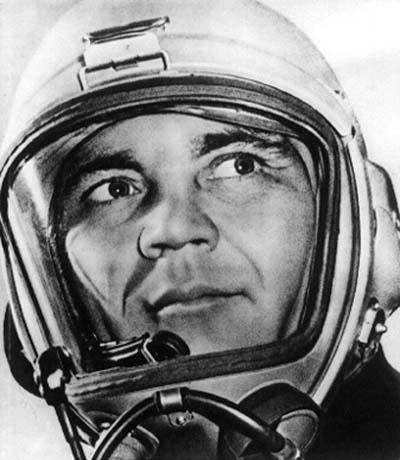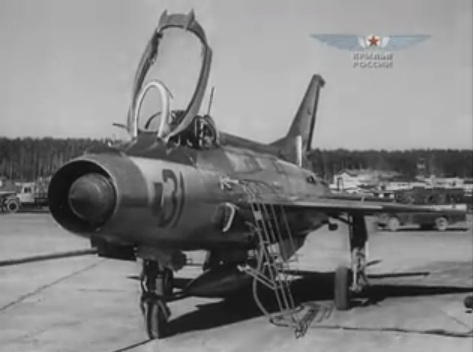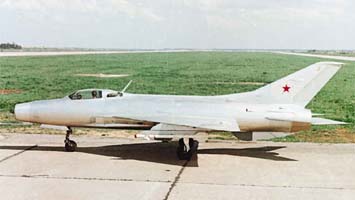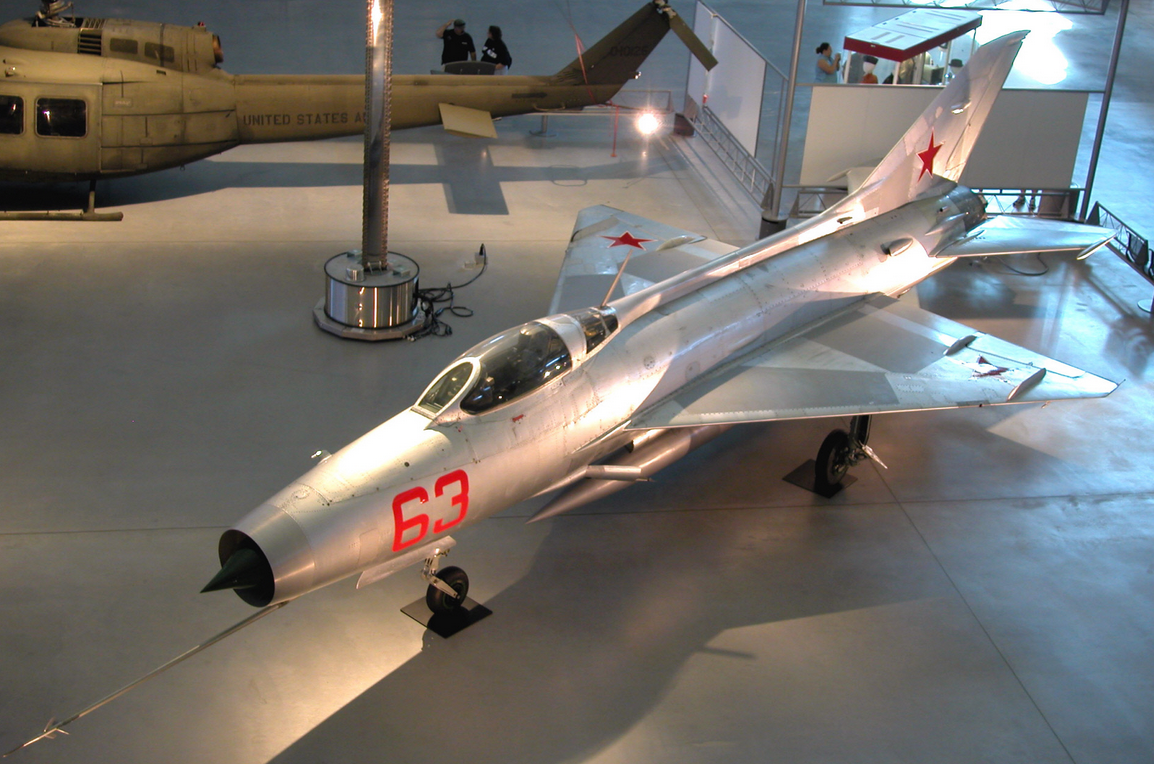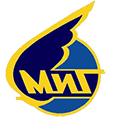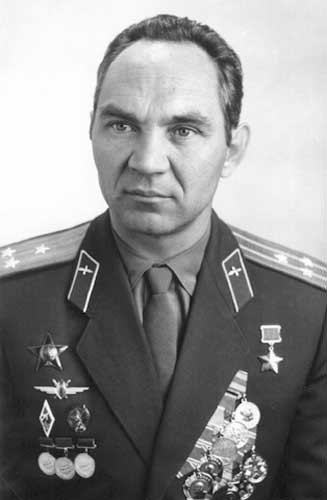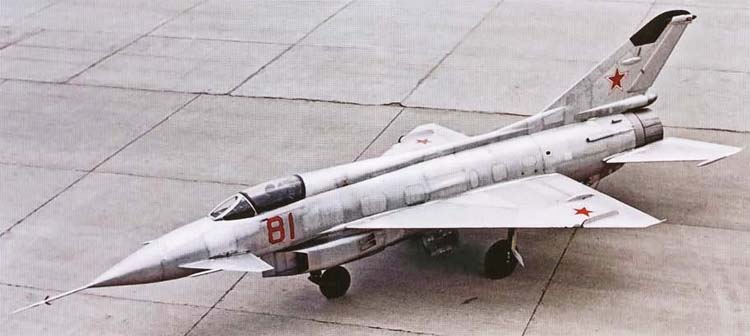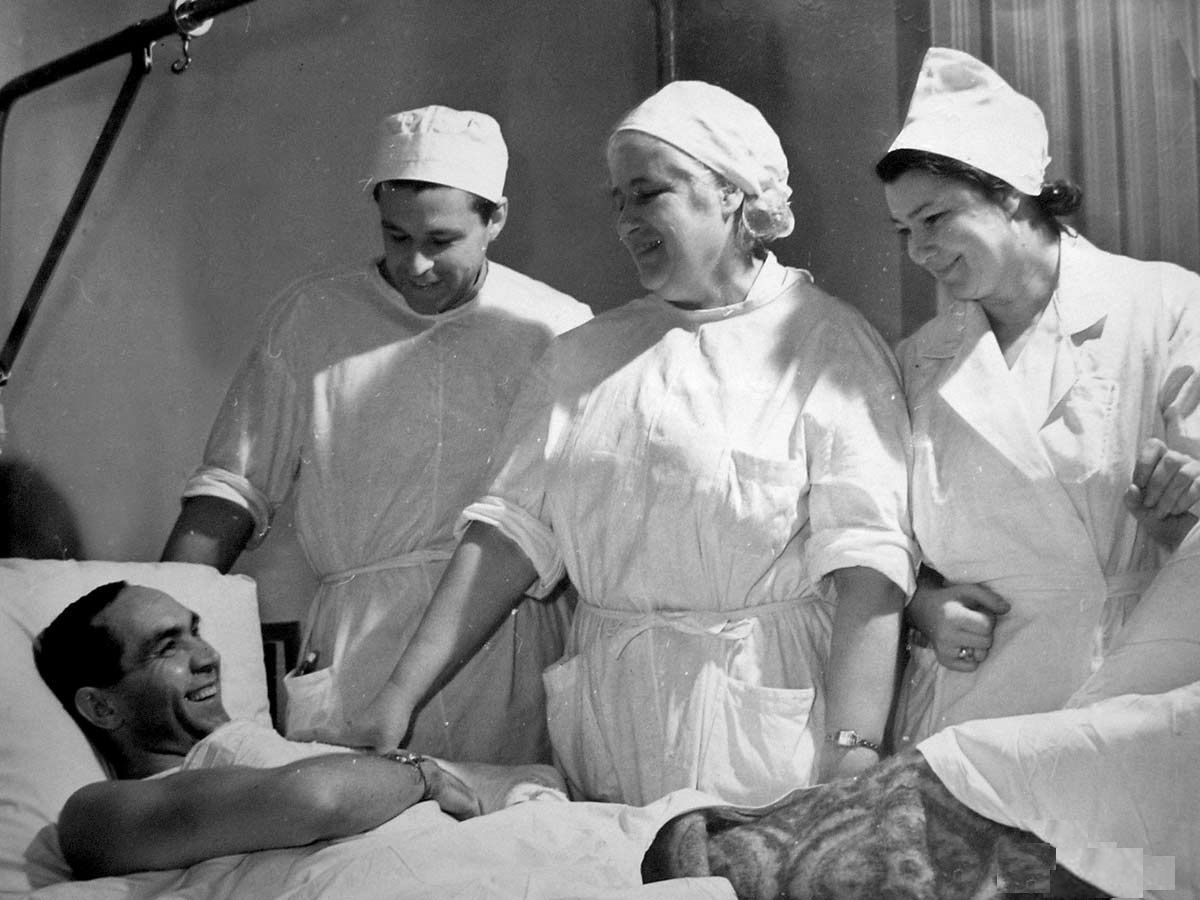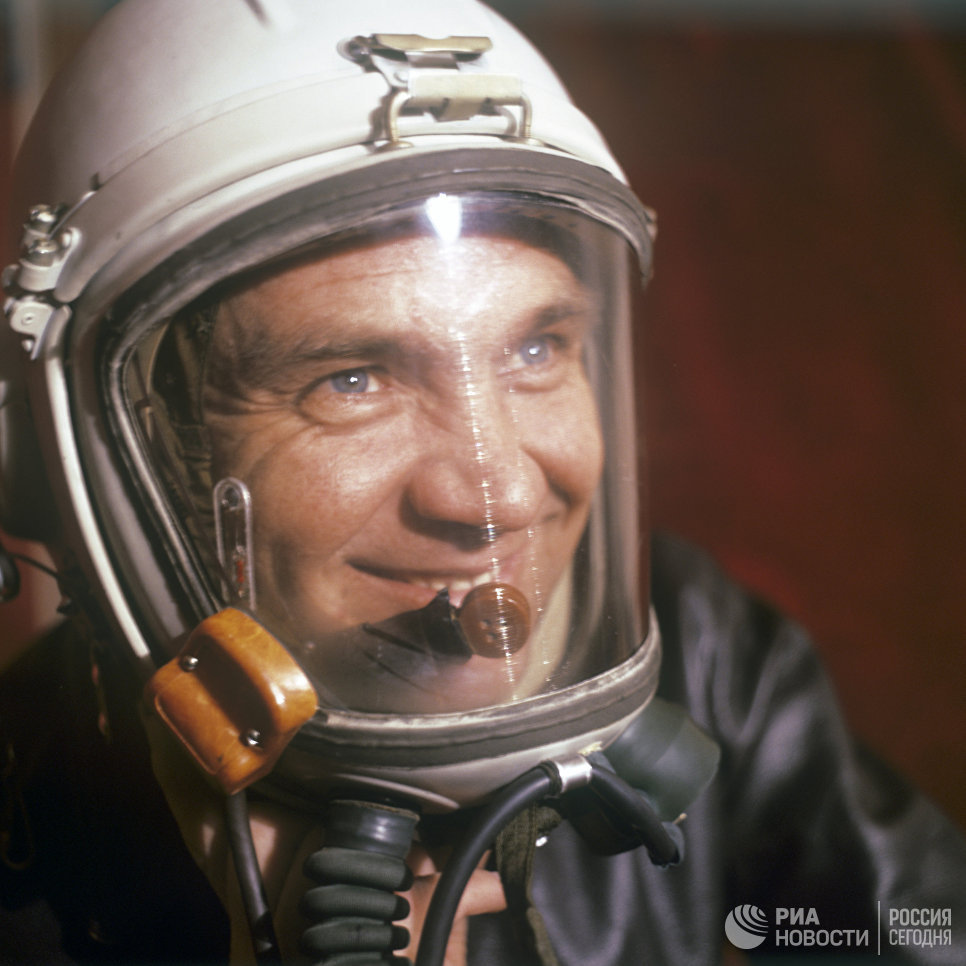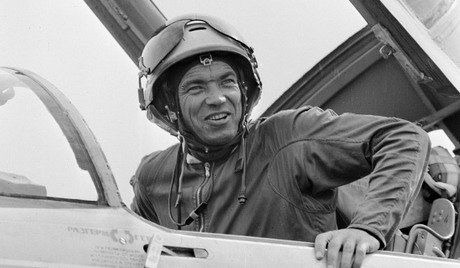
11 September 1962: Flying the E-152\1, a record-setting prototype Mikoyan Gurevich interceptor, test pilot Pyotr Maksimovich Ostapenko set a new Fédération Aéronautique Internationale (FAI) World Record for Altitude in Horizontal Flight of 22,670 meters (74,377 feet).¹

In documents submitted to FAI, the E-152\1 was identified as E-166. Colonel Georgy Konstantinovich Mosolov made the first flight of the E-152\1 on 21 April 1961. The aircraft displayed at The Central Museum of the Air Forces at Monino, Russia as E-166 is actually the E-152\2, sister ship of the record-setting prototype.
This individual airplane set two other FAI world records. Test Pilot Alexander Vasilievich Fedotov flew it to 2,401 kilometers per hour (1,492 miles per hour) over a 100 kilometer course, 10 October 1961,² and on 7 July 1962, Colonel Mosolov set a world record for speed over a straight 15/25 kilometer course of 2,681 kilometers per hour (1,666 miles per hour).³
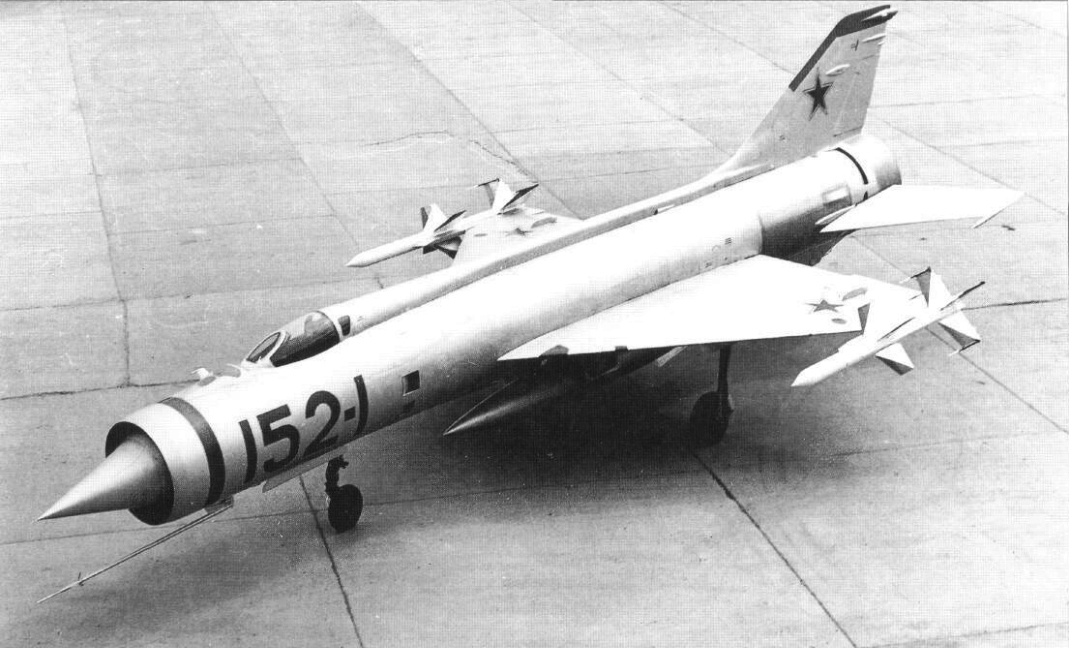
The Mikoyan Gurevich E-152\1 is a single-place, single-engine delta-winged prototype all-weather interceptor. It is 19.656 meters (64 feet, 5.4 inches) long with a wingspan of 8.793 meters (28 feet, 10.2 inches). The leading edge of the wings are swept back to 53° 47′. The E-152\1 had an empty weight of 10,900 kilograms (24,030 pounds) and gross weight of 14,350 kilograms (31,636 pounds).
The prototype was powered by a Tumansky R-15B-300 axial-flow turbojet engine with a five-stage compressor and single-stage turbine. It produced 22,500 pounds of thrust (100.1 kN) with afterburner. This was the first Soviet jet engine to use electronic engine control.
The E-152\1 had a maximum speed Mach 2.82 (2,995 kilometers per hour, 1,861 miles per hour) at 15,400 meters (50,525 feet).
The interceptor prototype had an internal fuel capacity of 4,960 liters (1,310 gallons), and the E-152\1 could carry a 1,500 liter (396 gallon) external fuel tank, giving a maximum range of 1,470 kilometers (913 miles). The service ceiling was 22,680 meters (74,409 feet).
After a two-year test program, E-152\1 and its sistership, E-152\2 were converted to E-152M\1 and E-152M\2.
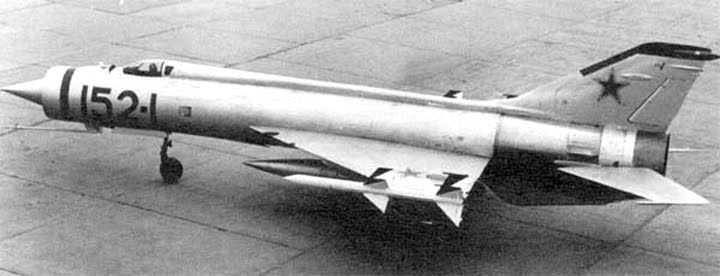
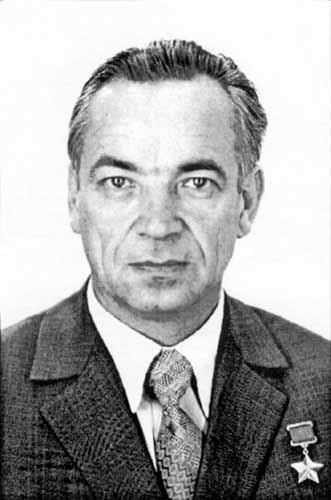
Pyotr Maksimovich Ostapenko was born at Cool (or Cold), Kabardino-Balkaria, U.S.S.R, 17 September 1928. His interest in aviation began when, at age 14, he watched an aerial battle between Soviet and German fighters. Ostapenko attended the Armavir Military Aviation School of Pilots at Amravir, Krasnodar Krai, Russia, from 1948 to 1951, and then became an instructor. In 1958 he attended the Ministry of Indutrial Aviation Test Pilot School at Zhukovsky. He was a test pilot for the Mikoyan Design Bureau from 1958 to 1983.
On 26 April 1971, Ostapenko was named Hero of the Soviet Union for his heroism in testing new aviation technology. He was also awarded the Order of Lenin and the FAI’s Henry De La Vaulx Medal.
Pyotr Maksimovich Ostapenko flew more than 5,000 hours as a test pilot in more than 60 aircraft types. He held seven FAI speed, altitude and time to altitude world records. He died 8 April 2012 at the age of 83 years.
¹ FAI Record File Number 8652
² FAI Record File Number 8511
³ FAI Record File Number 8514
© 2017, Bryan R. Swopes
